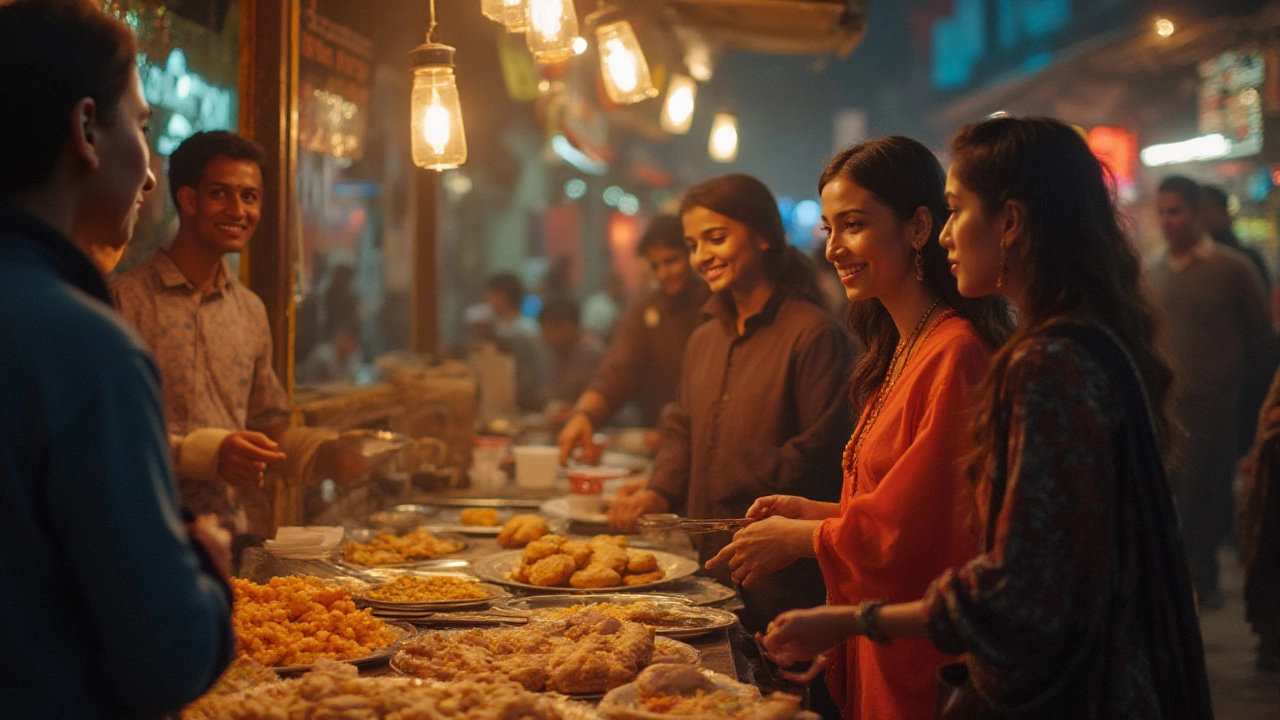Food Safety: Essential Tips for Safe Indian Cooking
When talking about Food Safety, the practice of handling, preparing, and storing food to prevent illness. Also known as food hygiene, it covers clean surfaces, safe cooking temperatures, and proper storage. Cross‑contamination, the transfer of harmful microbes from one food item to another is a common pitfall, especially when raw meats meet fresh veggies. Temperature Control, keeping food at safe heat levels during cooking, holding, and cooling works hand‑in‑hand with hygiene to stop bacterial growth. Finally, Storage Guidelines, rules for refrigerating, freezing, and pantry‑keeping foods protect leftovers and bulk ingredients from spoilage.
Key Areas of Food Safety in Indian Kitchens
First up, cleanliness isn’t just a buzzword—it’s the front line of food safety. Wash hands with soap for at least 20 seconds before touching any ingredient. Wipe counters with a diluted bleach solution or vinegar, especially after handling raw chicken or fish. Separate cutting boards: one for meats, another for fruits, vegetables, and breads. This simple split prevents cross‑contamination, a direct cause of food‑borne illness.
Next, the temperature game. Bacterial pathogens like Salmonella and E. coli multiply rapidly between 40°F (4°C) and 140°F (60°C). When you fry a batch of samosas, make sure the oil reaches 350°F (175°C) so the crust forms quickly and traps heat inside, killing surface microbes. Use a food thermometer for dishes that need precise doneness, such as chicken tikka (165°F / 74°C). After cooking, cool hot foods fast by spreading them in shallow trays; this closes the danger zone and extends shelf life.
Storage rules matter just as much as cooking. Store raw meat on the bottom shelf of the fridge to avoid drips onto ready‑to‑eat items. Keep cooked dishes in airtight containers and label them with the date—most Indian curries stay safe for 3‑4 days chilled, while lentils and dals can last up to a week. For longer storage, freeze in portion‑sized bags; defrost in the refrigerator, not at room temperature, to keep bacterial growth at bay.
Finally, don’t overlook the role of ingredients themselves. Fresh produce should be inspected for bruises or mold, which can harbor spores. Spices, especially ground ones, can accumulate moisture if stored in humid kitchens; keep them in dry, sealed jars and use them within a year for optimal flavor and safety. When you follow these hygiene, temperature, and storage steps, you create a safe environment that lets the rich flavors of Indian cuisine shine without risking health.
Below you’ll find a curated set of articles that dive deeper into each of these topics—from soda tricks in dosa batter to proper dal cooking times—so you can put food safety into practice while mastering authentic Indian recipes.

Is Street Food Safe for Tourists in India? Safety Tips & Facts for Food Lovers
Thinking of trying India's legendary street food on your trip? Explore if it’s safe for tourists, what to watch for, and how to eat confidently like a local.
- Chutney Recipes (13)
- Healthy Living (12)
- General (11)
- Easy Indian Recipes (9)
- Chicken Curry Recipes (9)
- Paneer Recipes (8)
- Healthy Indian Snacks (8)
- Dal Recipes (7)
- Street Food (7)
- Dosa Recipes (7)
-
Why Add Soda to Dosa Batter? Benefits, Ratios & Tips
17 Oct 2025 -
When to Add Chopped Tomatoes to Curry: Chicken Curry Guide
28 May 2025 -
What Happens If You Don't Soak Pulses? Health Risks, Cooking Tips, and Surprising Facts
23 Jul 2025 -
Discover the 7 Best Chicken Curries
19 Feb 2025 -
Why is My Roti Not Puffing Up? Simple Fixes for Perfect Indian Flatbread
9 Oct 2025
9.07.25
Kaia Binari
0